What is the Difference Between Pressed Powder and Loose Powder?

If you’ve ever wondered, “what is the difference between pressed and loose powder?”, you’re not alone.
Today, we’re asking what is loose powder, what is pressed powder, and we’ll take a look at how each fits into your makeup routine.
By the end, you’ll know whether you need one, both, or neither! Let’s get into it.
1. What are powders used for?
Powders serve many purposes in makeup routines.
They’re primarily used to set liquid or cream makeup, like foundation and concealer, preventing smudging, creasing, or transferring.
This ensures makeup lasts longer, especially in areas prone to movement, such as under the eyes or around the mouth.
Another key use is for controlling shine. Powders absorb excess oil, leaving a matte finish, which is particularly helpful for oily or combination skin.
Powders also help blur the appearance of pores, creating a smooth and even texture. Some even contain light-reflecting properties for a soft-focus effect.
In addition to setting and smoothing, powders can add coverage. Pressed powders often act as foundation hybrids, adding extra coverage to your base makeup or even replacing foundation for a natural, lightweight look.
Finally, powders are excellent for midday touch-ups, helping to reduce shine and refresh your overall look.
2. What is loose powder?
Loose powder is finely milled, lightweight, and perfect for setting makeup with precision.
It offers a customizable finish, whether you want to lightly set delicate areas or build up for techniques like baking. Its texture is ideal for creating a smooth, crease-free finish, blurring pores, and locking everything in place.
Because loose powders are so finely milled, they are best suited for at-home use. While versatile, they can be messy, making them less convenient for on-the-go touch-ups.
3. What is pressed powder?
Pressed powder is a denser, compact powder designed for convenience and ease of use.
It’s an excellent choice for quick touch-ups or as a light-coverage base. The compact format makes it portable and mess-free, ideal for keeping in your bag for midday shine control.
While pressed powders can add coverage and even out skin tone, their denser texture may emphasize dryness or texture on certain skin types, such as mature or very dry skin.
This makes it important to apply pressed powder with the right technique and tools to avoid a cakey look.
4. Should you choose translucent or pigmented powder?
Both loose and pressed powders are available in translucent and pigmented formulas. Translucent powders are sheer and lightweight, designed to set makeup without altering its color. These powders are a favorite for techniques like baking, as they brighten without adding heaviness.
Pigmented powders, on the other hand, provide additional coverage and are available in a range of shades to match your skin tone. They can even out your complexion, add warmth to a too-light foundation, or brighten certain areas of the face.
Choosing between translucent and pigmented powder depends on your makeup goals. Translucent powders are ideal for setting and longevity, while pigmented powders offer more coverage and versatility.
5. Do you need both loose and pressed powders?
Whether you need both types of powder depends on your routine. Loose powder is perfect for setting makeup and achieving a smooth, crease-free finish at home.
Pressed powder, however, is better suited for quick touch-ups during the day or as a light foundation substitute when you’re in a rush.
While it’s not essential to have both, owning both types gives you more flexibility. You can use loose powder for setting your makeup and pressed powder for midday shine control or quick fixes.
Wrap-up: what is the difference between pressed powder & loose powder?
Knowing the difference between pressed and loose powders helps you decide which works best for your needs.
Whether you choose one or both, powders can elevate your makeup routine by setting, smoothing, and enhancing your look.
If you found this post helpful, let me know in the comments down below. What would you like to see next?
Enjoyed the project?
The author may collect a small share of sales from the links on this page.









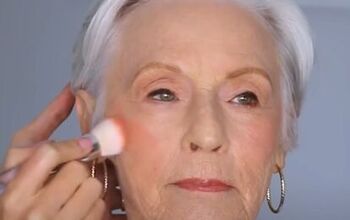
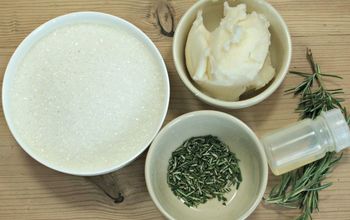
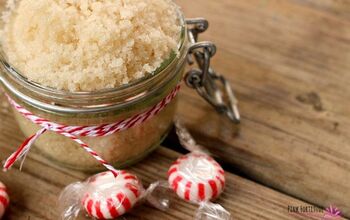
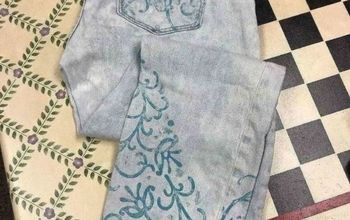
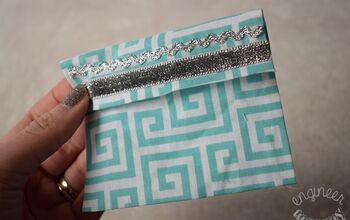
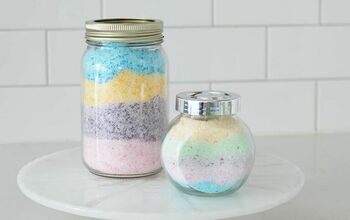




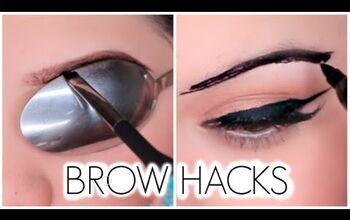

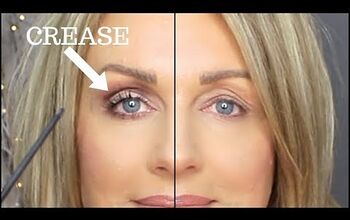
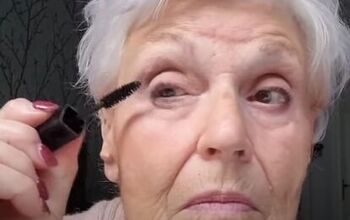
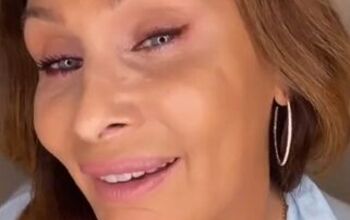

Comments
Join the conversation